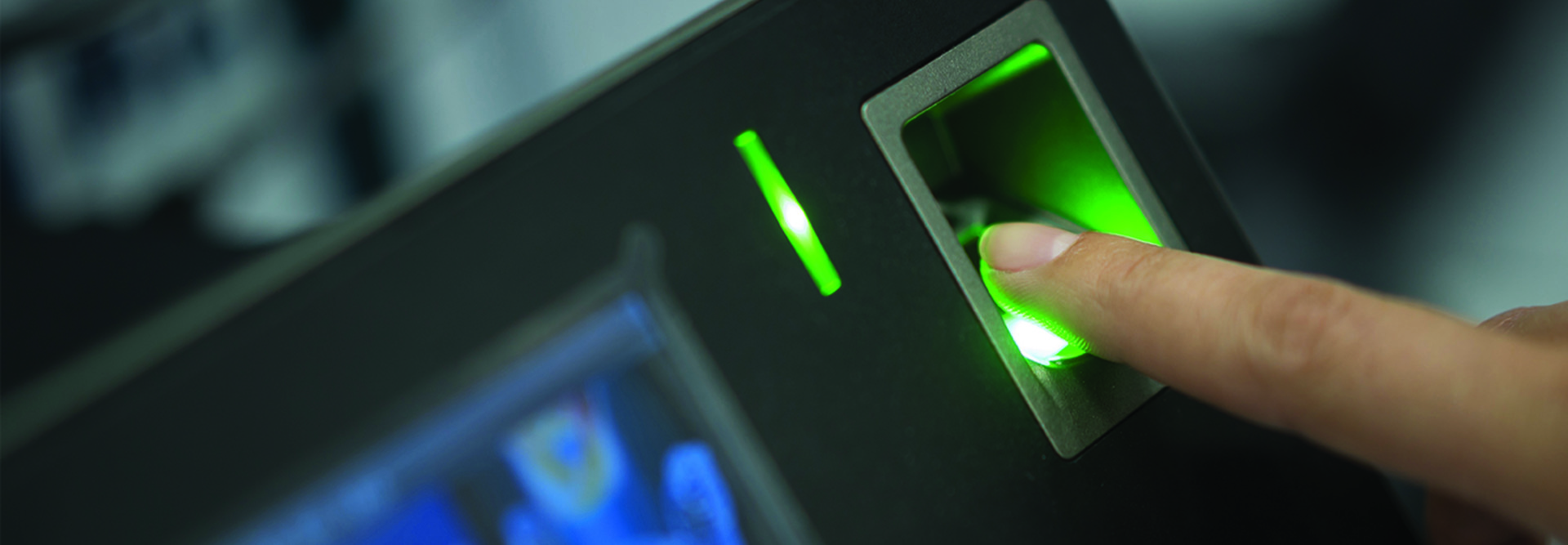Letting Employees Off the Security Hook
The problem with usernames, passwords and PINs for security is that “they’re knowable,” says Wes Wright, CTO at Imprivata. If they’re knowable, they can be phished. In fact, U.S. businesses lost $1.7 billion in 2019 because of “business email compromise,” according to the FBI.
Biometrics can’t be phished. “Even if you phished my very weak username and password from me, if I have a secondary authentication, you can’t have my same fingerprints. You can’t have my same face. You can’t have my same iris,” says Wright.
Some organizations are experimenting with biometric vectors beyond fingerprints and facial recognition, including hand geometry (5 percent), iris scanning (3 percent) and voice recognition (3 percent). Wright expects that, in the future, voice recognition will become much more popular as a biometric for security. It’s already gaining ground in healthcare as a way for doctors to dictate patient notes without having to turn their attention away from a patient, or type. “It’s combining those two things to where I won’t ever have to put my hands on a keyboard again to interact with a machine,” he says.
Wright also anticipates hand palms to become a more popular security biometric as well. “I think there will be a point where, as you walk into a building, instead of standing there and letting it try to look at your iris, you’ll put your hand up and it will look at your palm print,” he says.











